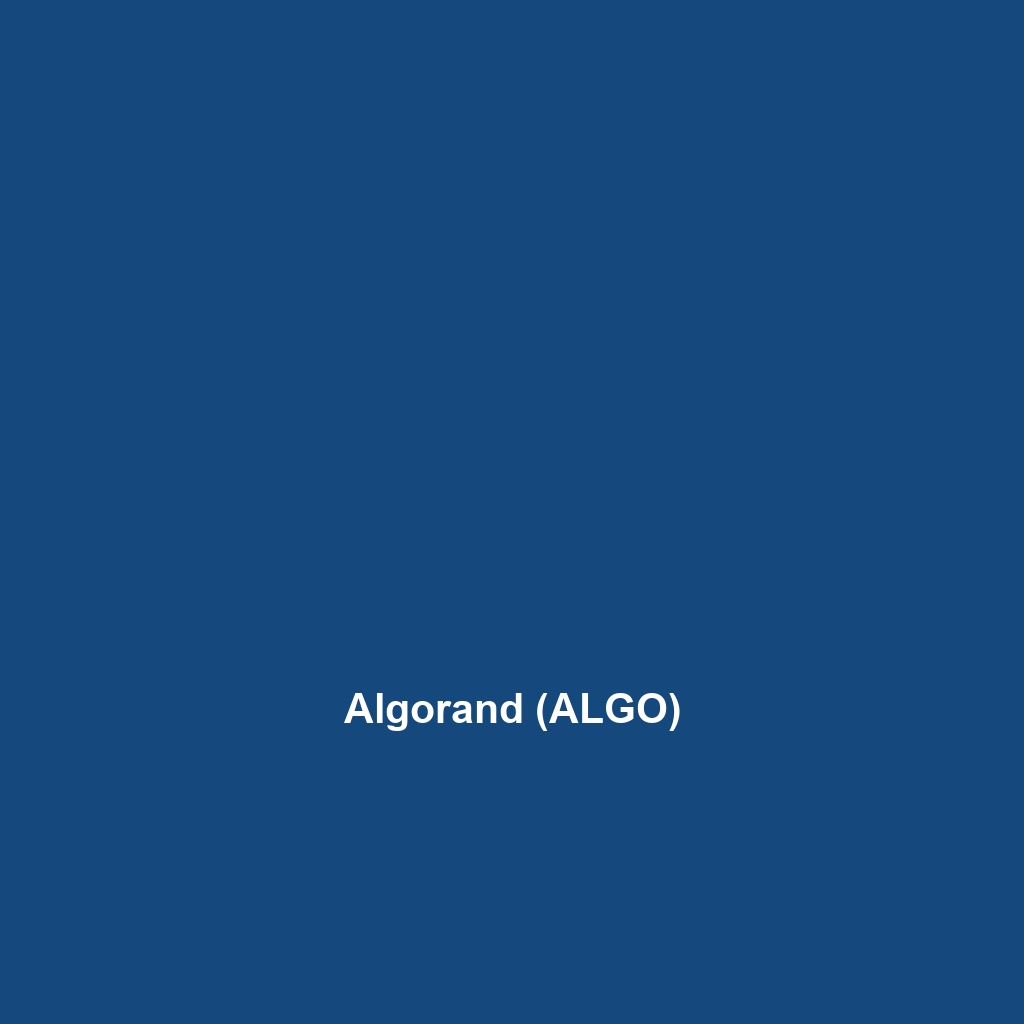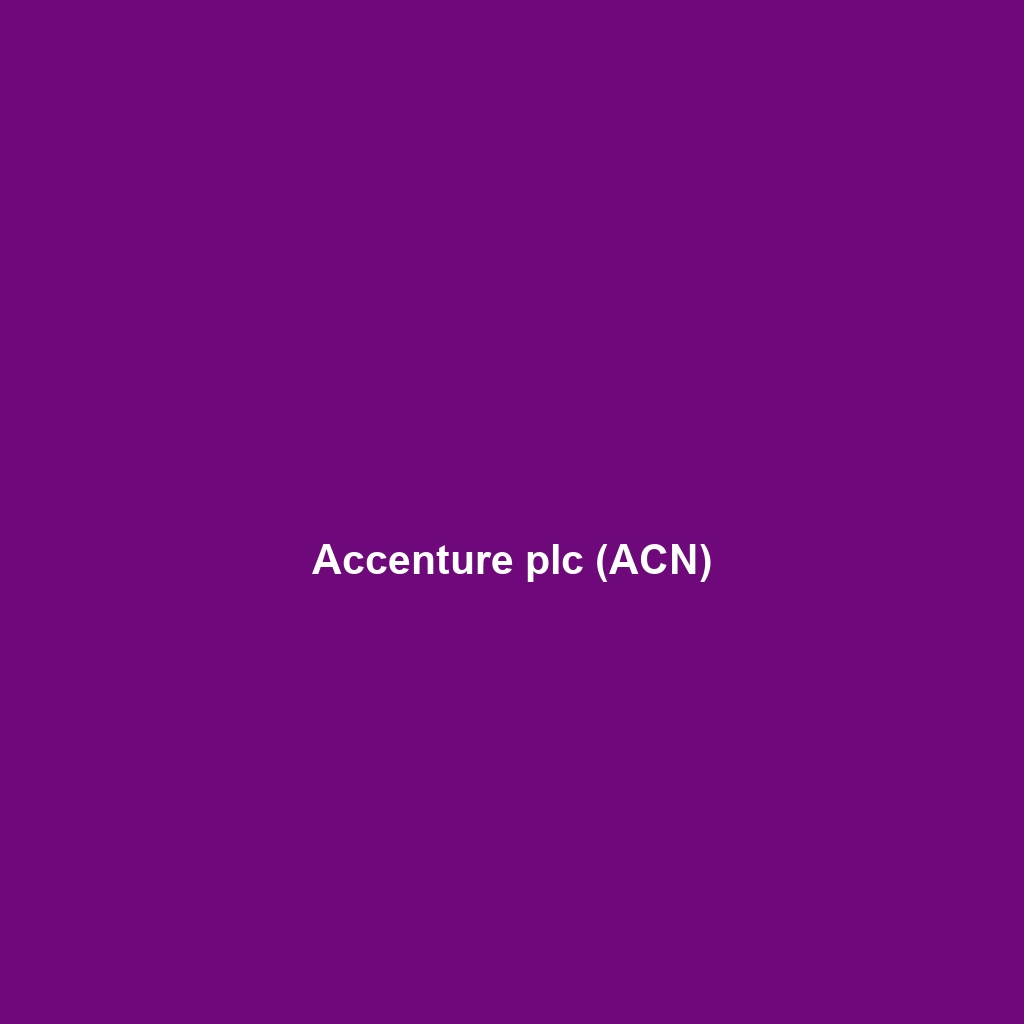Your cart is currently empty!
Fetch.ai (FET): Revolutionizing the Future with Decentralized AI
1. Name and Ticker Symbol
Fetch.ai, abbreviated as FET, is a dynamic cryptocurrency designed to enable the development of decentralized autonomous agents on its platform.
2. Founders, Launch Date, and History
Launched in 2019, Fetch.ai was founded by Toby Simpson, Humayun Sheikh, and Thomas E. P. Durham. Since its inception, the project has achieved significant milestones, including partnerships with major enterprises and advancements in its technology, focusing on integrating AI with blockchain capabilities.
3. Blockchain Platform
Fetch.ai operates on its own layer 1 blockchain, enabling the seamless integration of artificial intelligence and decentralized networks. This architecture allows it to facilitate high-speed transactions and smart contracts, forming the backbone of its platform.
4. Purpose and Use Case
The primary intention behind Fetch.ai is to create a decentralized environment where machines can communicate, share data, and transact autonomously. Use cases for FET include optimizing supply chains, energy consumption efficiency, smart cities planning, and various applications in the DeFi sector.
5. Technology and Consensus Mechanism
Fetch.ai employs a unique consensus mechanism known as “Proof of Stake,” allowing FET holders to earn rewards by participating in the network. This not only secures the network but also encourages community involvement in the platform ecosystem.
6. Supply and Tokenomics
The total maximum supply of FET tokens is capped at 1.152 billion coins, with a circulating supply currently around 600 million. The tokenomics model includes staking rewards that incentivize users to hold their tokens, while burn mechanisms are also applied to reduce overall supply and maintain value.
7. Use Cases and Adoption
Fetch.ai has partnered with notable organizations such as Bosch, Dell Technologies, and other IoT companies to explore and implement its technology in real-world applications. These collaborations aim to showcase the capability of decentralized AI in transforming various industries.
8. Market Performance and Metrics
As of October 2023, Fetch.ai holds a market capitalization of approximately $600 million. The price has shown significant volatility, reflecting broader market trends and the interest generated by its innovative approach to combining AI with blockchain technology. Historical price data highlights peak figures during bullish market cycles.
9. Where to Buy and Trade
FET tokens can be traded on multiple centralized exchanges (CEXs) such as Binance, Huobi, and Coinbase. Additionally, users can engage in peer-to-peer trading on decentralized exchanges (DEXs) like Uniswap and SushiSwap, allowing for greater trading flexibility.
10. Security and Risks
While Fetch.ai has not experienced any significant hacks, like many cryptocurrencies, it remains vulnerable to potential security threats inherent in the blockchain space. Legal risks also persist, especially concerning compliance with regulations in various jurisdictions.
11. Community and Governance
Fetch.ai promotes an active community, fostering engagement through discussions and proposals. The governance model enables token holders to participate in decision-making processes, ensuring that the development aligns with community interests.
12. Competitors and Differentiation
In the rapidly evolving crypto landscape, Fetch.ai competes with other projects such as IOTA and Ocean Protocol. What sets Fetch.ai apart is its focus on combining autonomous agents with AI, enabling a broader range of applications across various sectors.
13. Roadmap and Future Developments
The upcoming roadmap for Fetch.ai includes enhancements in its AI algorithms, expansion of partnership integrations, and further upgrades to its blockchain infrastructure. Future developments aim to increase scalability and optimize user experiences.
14. Wallet Compatibility
Fetch.ai (FET) is supported by various wallets, including popular options like MetaMask and Ledger hardware wallets, ensuring safe and secure storage solutions for users.
15. Regulatory and Compliance Status
Currently, Fetch.ai has been proactive in addressing regulatory challenges, ensuring compliance with international standards, which strengthens its credibility and fosters broader adoption.
16. Recent News and Updates
Recently, Fetch.ai announced a partnership with Microsoft to advance its initiatives in smart city solutions, and it also showcased its new upgrades in the latest blockchain conference, drawing attention from industry leaders.
17. Summary and Call to Action
Fetch.ai (FET) presents a compelling opportunity within the cryptocurrency landscape, merging blockchain technology with decentralized AI applications. Investors and enthusiasts alike should take note of its innovative approach, market potential, and active community engagement. For those looking to explore future trends in cryptocurrency and blockchain technology, Fetch.ai is undoubtedly a project worth following.
For additional insights, visit UpCube.net. Also, find more information about Fetch.ai by visiting its official website.




